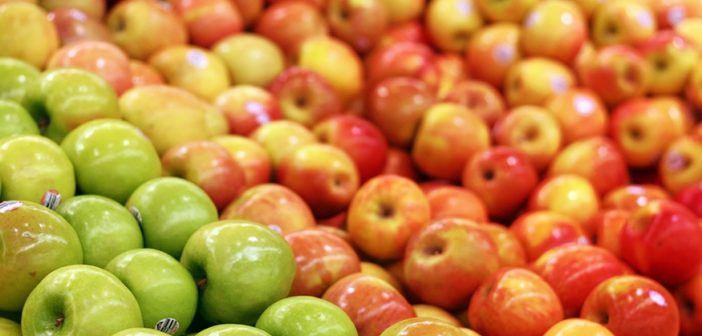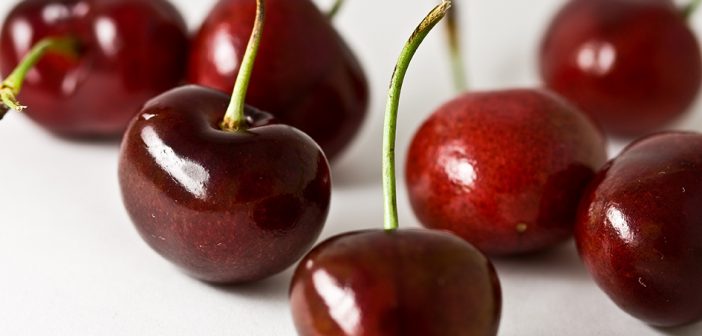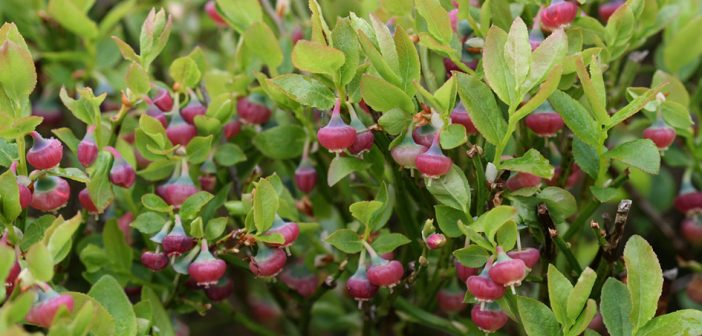Trade magazine Fresh Produce Journal has announced that dessert apples have once again topped its annual survey of the most important fresh produce lines in the UK in terms of sales value.
According to the FPJ apple sales grew 5.6 per cent in terms of value last year despite a drop in volume of 2.2 per cent. The magazine says that further growth is expected in the category.
The survey, which is carried out in conjunction with Kantar Worldpanel put grapes in second place, followed by tomatoes, bananas and strawberries. While soft fruit and salad vegetables performed well in general, the value of cherries and parsnips both fell over the last 12 months.
“The past year has been a turbulent one for the fresh produce trade, with Brexit raising major question marks and concerns about the future of the industry,” said FPJ Big 50 Products editor, Fred Searle. “For the time being, the sector is in healthy shape. While the supermarket price war continues to affect certain products, such as parsnips and carrots, in other categories growers have breathed a sigh of relief as some price inflation returns. This is a welcome development given the slower volume growth seen this time around.”

Photo Credit: Public Domain Pictures
The post Apples top the fresh produce charts appeared first on Hort News.


